Select Device Freestyle Lingo Freestyle Libre 3 Freestyle Libre 2 Freestyle Libre 14 Day Dexcom G7 Dexcom G6 Dexcom Stelo Guardian Connect Medtronic Simplera Eversense Meter Omnipod Omnipod Dash Medtronic 780G Medtronic 630G Tandem t:slim X2 Bigfoot Unity Medtronic InPen Tempo Pen NovoPen 6/NovoPen Echo Insulin Pen Afrezza CeQur Simplicity Patch V-Go Patch Omnipod GO Patch Syringe and Vial Beta Bionics iLet Pancreas Control IQ with Dexcom Control IQ with Freestyle Libre Medtronic 780G with Smart Guard Omnipod 5 Tandem Mobi Tidepool Loop twiist DIY Loop Apple Series 6/7/8/9/10/SE (2nd Generation) Garmin vívosmart 5™ Garmin Venu Sq 2 Garmin Venu 3 Garmin vivoactive 5 Garmin Fenix 8 Garmin vivofit jr 3 Garmin Forerunner 165/265/965 Garmin epix (Gen 2) Garmin Enduro 3 Fitbit Ace LTE Fitbit Charge 6 Fitbit Inspire 3 Fitbit Versa/Versa 2/4/Versa Lite Fitbit Sense 2 Fitbit Luxe Google Pixel 2/3 Samsung Galaxy 4/5 Xiaomi Mi Band 9 Oura Ring Whoop 4.0 Withings ScanWatch 2 Withings ScanWatch Lite Pedometer 3D Pedometer
Select Device Freestyle Lingo Freestyle Libre 3 Freestyle Libre 2 Freestyle Libre 14 Day Dexcom G7 Dexcom G6 Dexcom Stelo Guardian Connect Medtronic Simplera Eversense Meter Omnipod Omnipod Dash Medtronic 780G Medtronic 630G Tandem t:slim X2 Bigfoot Unity Medtronic InPen Tempo Pen NovoPen 6/NovoPen Echo Insulin Pen Afrezza CeQur Simplicity Patch V-Go Patch Omnipod GO Patch Syringe and Vial Beta Bionics iLet Pancreas Control IQ with Dexcom Control IQ with Freestyle Libre Medtronic 780G with Smart Guard Omnipod 5 Tandem Mobi Tidepool Loop twiist DIY Loop Apple Series 6/7/8/9/10/SE (2nd Generation) Garmin vívosmart 5™ Garmin Venu Sq 2 Garmin Venu 3 Garmin vivoactive 5 Garmin Fenix 8 Garmin vivofit jr 3 Garmin Forerunner 165/265/965 Garmin epix (Gen 2) Garmin Enduro 3 Fitbit Ace LTE Fitbit Charge 6 Fitbit Inspire 3 Fitbit Versa/Versa 2/4/Versa Lite Fitbit Sense 2 Fitbit Luxe Google Pixel 2/3 Samsung Galaxy 4/5 Xiaomi Mi Band 9 Oura Ring Whoop 4.0 Withings ScanWatch 2 Withings ScanWatch Lite Pedometer 3D Pedometer
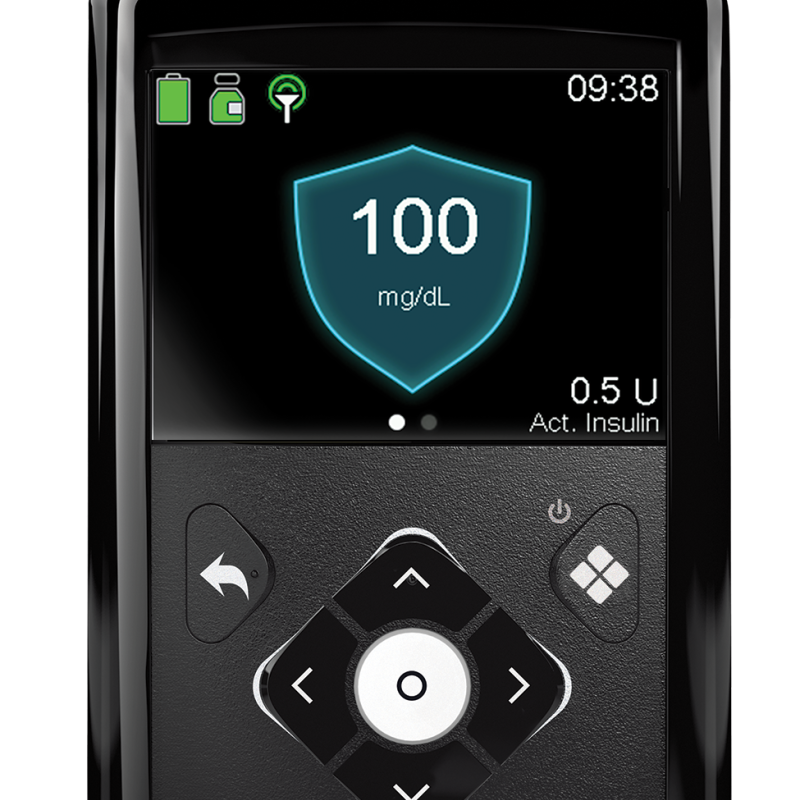
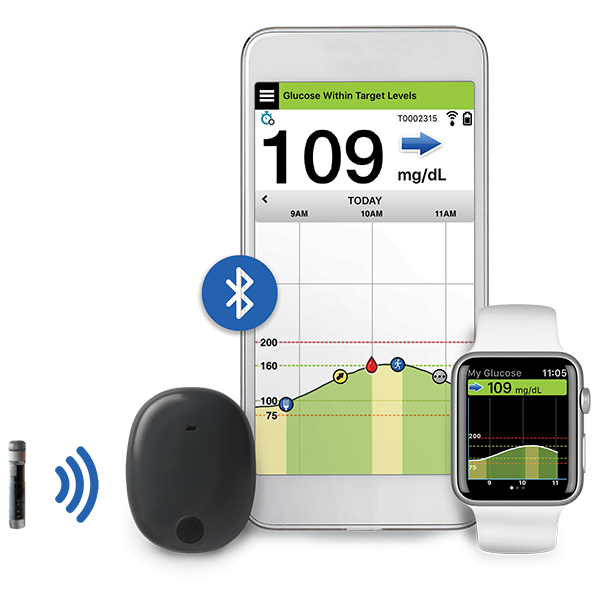
Summary
The MiniMed 780G insulin pump operates in Manual mode when the SmartGuard feature is inactive, or the user is not wearing a compatible CGM. This pump has the ability to communicate with a Contour or AccuChek meter.
This sensor lasts the longest - 365 days. It has to be placed under the skin by a healthcare provider. It has two parts, the implantable sensor and a transmitter that sends data to a mobile device.
MARD: 8.5-9.1%
*Recently FDA approved for use with insulin pumps.
Components
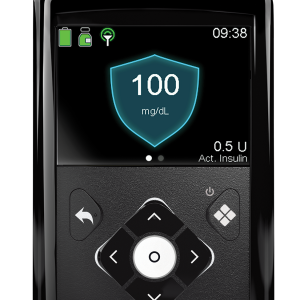
Medtronic 780G : Pump
Pump connects tubing to a small patch called an infusion set that attaches to the body.
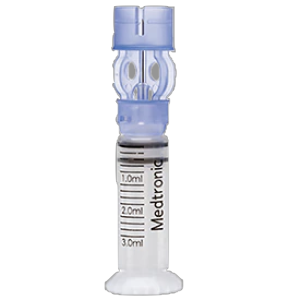
Medtronic 780G : Reservoir
Tubed insulin pumps contain a plastic reservoir or cartridge that is manually filled with insulin and locked into the pump.
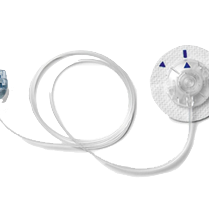
Medtronic 780G : Infusion Set
An infusion set contains the thin plastic tubing that delivers insulin from the pump to the body. Optional Medtronic Extended™ Infusion set (up to 7-day wear) available.
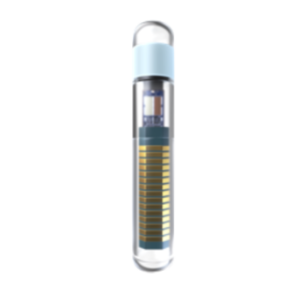
Eversense : Sensor
Professionally inserted by a physician during a medical visit. Minor procedure.
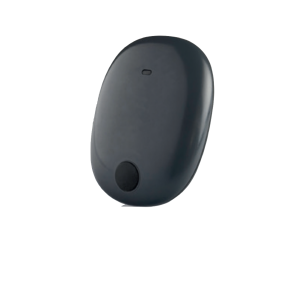
Eversense : Transmitter
Transmitter sits outside of the body and is held on by an adhesive. Sends data every 5 minutes to a connected mobile device.
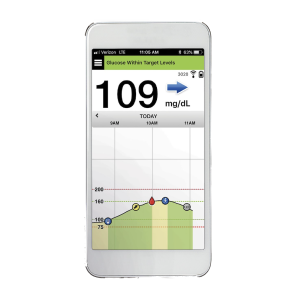
Eversense : Receiver
Real-time glucose measurements sent to a compatible mobile-device or smart watch. No need for a separate receiver. Available for both iOS and Android devices.
Device Details
Overview
Largest pump on the list, requires tubing which may be visible.
Very small implantable sensor but large transmitter must be worn on top of the skin.
Affordability and Access
$$$$
Widely covered for insulin-dependent type 1 and type 2. Pump can be provided by pharmacy or DME. Price range; $0-$8,574 to start and $0-$300/Month. Price range varies depending on insurance coverage.
$$$$
Sometimes covered. Insertion and removal require a Health Care Provider. Insertion costs $100-$300, and removal costs $100-$400. Sensor and transmitter cost $800-$1400.
Data Monitoring Options
Yes
Pump data can be viewed by your healthcare team on the CareLink therapy management software.
Yes
CGM data can upload automatically to the web-based Eversense data management system (EDMS) from the Eversense mobile app.
Data View Options
Yes
Data is viewed on the pump's main screen.
Yes
Eversense mobile app receives and displays data in easy-to-read charts and graphs that can be shared with family and friends through the Eversense NOW app.
Duration and Storage
3 Days
Infusion site and pump reservoir last up to 72 hours and works between 40ºF - 104ºF.
365 Days
Sensor lasts 365 days, but a physician must implant it. Transmitter must be charged daily.
Vision / Auditory / Dexterity
NO text to speech
YES vibration alerts
A LOT of dexterity needed
YES text to speech
YES vibration alerts
SOME dexterity needed
Patient Considerations
Active Lifestyle
Exercise mode. Optional settings for exercise to adjust treatment ranges for activity with the press of a button. Pump is not waterproof.
Water-resistant transmitter when submerged in 1 meter of water for up to 30 minutes and must be within 25 feet of the connected smart device.
Avoiding Highs and Lows
Precise dosing. Pumps allow different amounts of basal insulin at different times of day and very precise dosing.
On-body vibration alerts when blood glucose levels are higher or lower than the set range. Trend arrows show the direction glucose is heading, with the rate of change.
Comfort
Largest tubed pump. Small patch called an infusion set consists of a complete tubing system that attaches to the body. Tubed pumps have the most infusion sets to pick from
Longest-lasting sensor fits comfortably under the skin. Minor procedure is required. Least likely to have compression lows.
Easy Insulin Dosing
Customizable dosing. Bolus calculator available to help figure out doses. Basal and bolus in 0.025 increments.
Predictive alerts make insulin dosing easier by tracking high and low trends.
Easy to Use
Battery required. Pump has button navigation and requires AA battery.
Minor procedure. Requires insertion by a physician during a medical visit.
Fewer Fingersticks
Frequent finger-sticks are required.
2 daily finger-sticks are needed to calibrate the sensor.
Privacy
Somewhat discreet. Largest pump with visible tubing. Can be clipped to clothing or placed in a pocket to be discreet when needed.
Somewhat discreet. Tiny sensor is implanted under the skin, so the user can be discreet when needed. Ability to see sugar on watch or phone. Sensor not movable on body and requires regular meter use.